目录
- 1、概述
- 2、代码示例
- 3python、图像演示
1、概述
案例:基于稠密光流的视频跟踪
API介绍:
calcOpticalFlowFarneback( InputArray prev, InputArray next, InputOutputArray flow,
www.devze.com javascript double pyr_scale, int levels, int winsize,
int iterations, int poly_n, double poly_sigma,
int flags );
- prev:前一帧单通道CV_8UC1图像
- next:当前帧单通道CV_8UC1图像
- flow:输出的光流数据
- pyr_scale:金字塔上下两层的尺度关系
- levels:金字塔层数
- winsize:窗口大小
- iterations:迭代次数
- poly_n:像素领域大小,一般是5、7
- poly_sigma:高斯标准差一般是1~1.5
- flags:计算方法:主要包括OPTFLOW_USE_INITIAL_FLOW和OPTFLOW_FARNEBACK_GAUSSIAN
实现步骤:
1.实例化VideoCapture
2.使用其open方法打开视频文件
3.获取视频第一帧并得到其灰度图(因为稠密光流输入只支持单通道8位)
4.while(true)循环读取视频帧
5.将当前帧灰度化
6.执行稠密光流函数,并输出光流数据
7.将光流数据绘制出来
8.显示光流数据
2、代码示例
(ps:界面中的按钮元素使用到了Qt)
HF_Object_Tracking::HF_Object_Trajavascriptcking(QWidget *parent)
: MyGraphicsView{parent}
{
this->setWindowTitle("稠密光流对象跟踪");
QPushButton *btn = new QPushButton(this);
btn->setText("选择视频");
connect(btn,&QPushButton::clicked,[=](){
choiceVideo();
});
}
void HF_Object_Tracking::choiceVideo(){
path = QFileDialog::getOpenFileName(this,"请选择视频","/Users/yangwei/Downloads/",tr("Image Files(*.mp4 *.avi)"));
qDebug()<<"视频路径:"<<path;
hfObjectTracking(path.toStdString().c_str());
}
void HF_Object_Tracking::hfObjectTracking(const char* filePath){
VideoCapture capture;
capture.open(filePath);
if(!capture.isOpened()){
qDebug()<<"视频路径为空";
return;
}
Mat frame,gray;
Mat prev_frame ,prev_gray;
Mat flowResult,flowData;
capture.read(frame);//读取第一帧数据
//转灰度图
cvtColor(frame,prev_gray,COLOR_BGR2GRAY);//将frame转灰度图赋值给前一帧
while(capture.read(frame)){
cvtColor(frame,gray,COLOR_BGR2GRAY);
if(!prev_gray.empty()){
//稠密光流跟踪
calcOpticalFlowFarneback(prev_gray,gray,flowData, 0.5, 3, 15, 3, 5, 1.2, 0);
cvtColor(prev_gray, flowResult, COLOR_GRAY2BGR);
for (int row = 0; row < flowResult.rows; row++) {
for (int col = 0; col < flowResult.cols; col++) {
const Point2f fxy = flowData.at<Point2f>(row, col);
if (fxy.x > 1 || fxy.y > 1) {
line(flowResult, Point(col, row), Point(cvRound(col + fxy.x), cvRound(row + fxy.y)), Scalar(0, 255, 0), 2, 8, 0);
circle(flowResult, Point(col, row), 2, Scalar(0, 0, 255), -1);开发者_JS培训
}
}
}
imshow("flow", flowResult);
imshipyeGeTFyBow("input", frame);
}
// imshow("frame",frame);
int key = waitKey(1);
if(key==27){
break;
}
}
}
3、图像演示
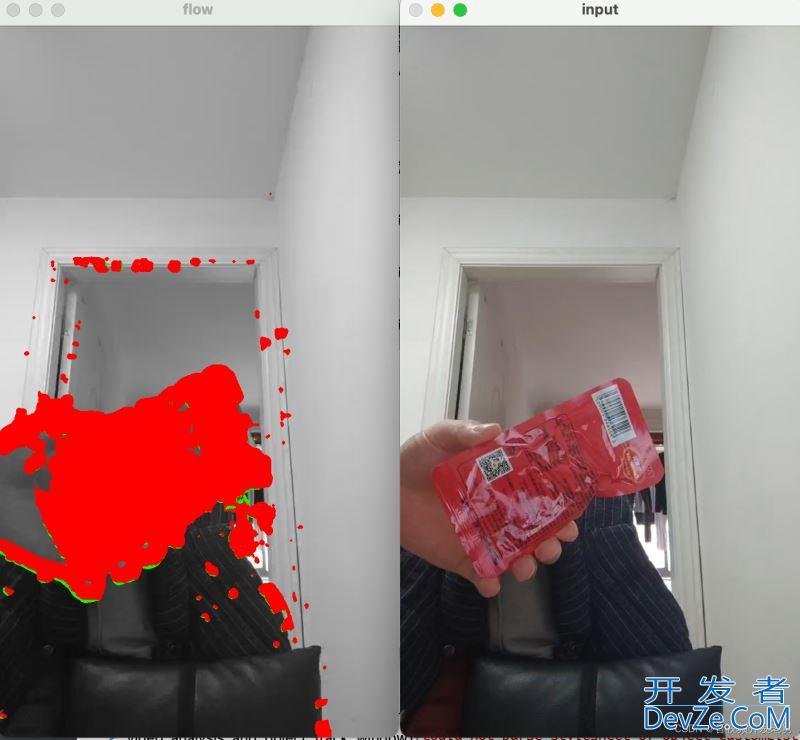
到此这篇关于OpenCV基于稠密光流实现视频跟踪详解的文章就介绍到这了,更多相关OpenCV视频跟踪内容请搜索我们以前的文章或继续浏览下面的相关文章希望大家以后多多支持我们!

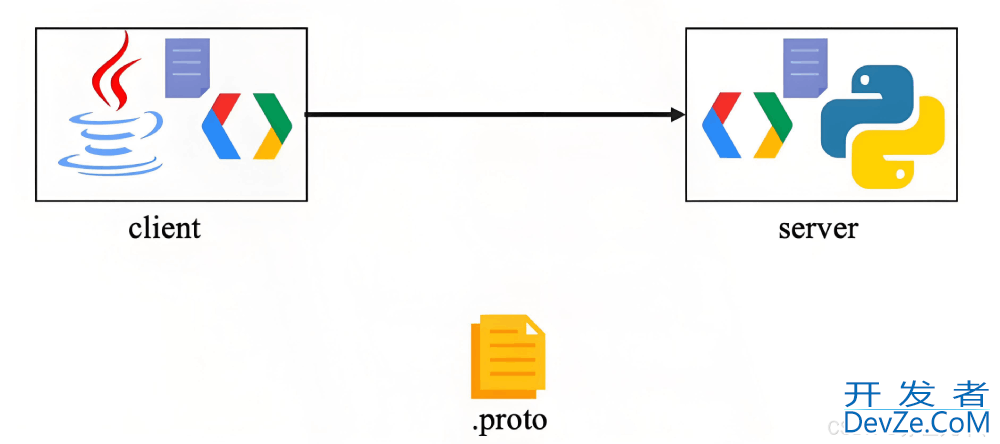
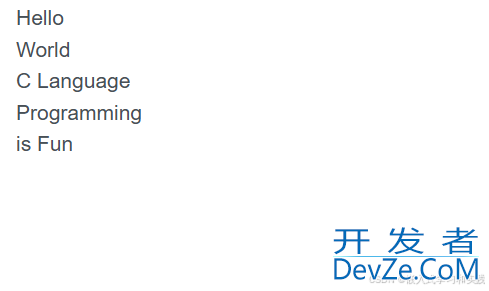

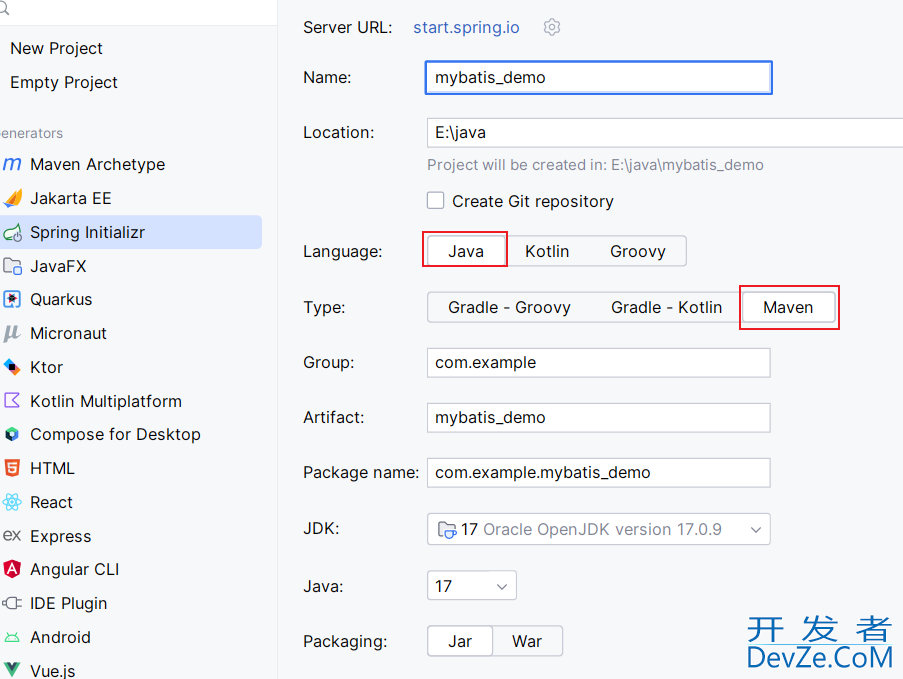
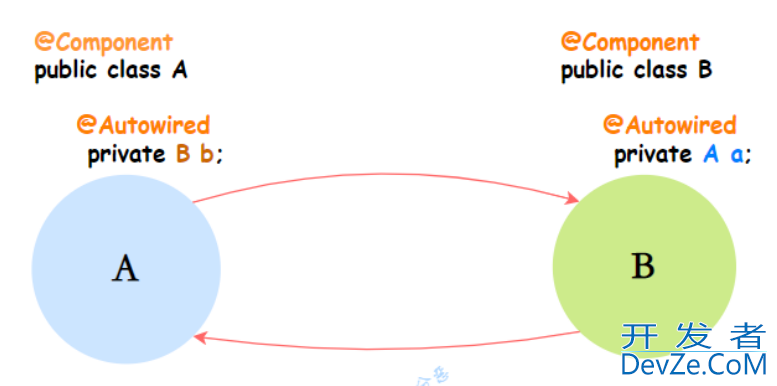

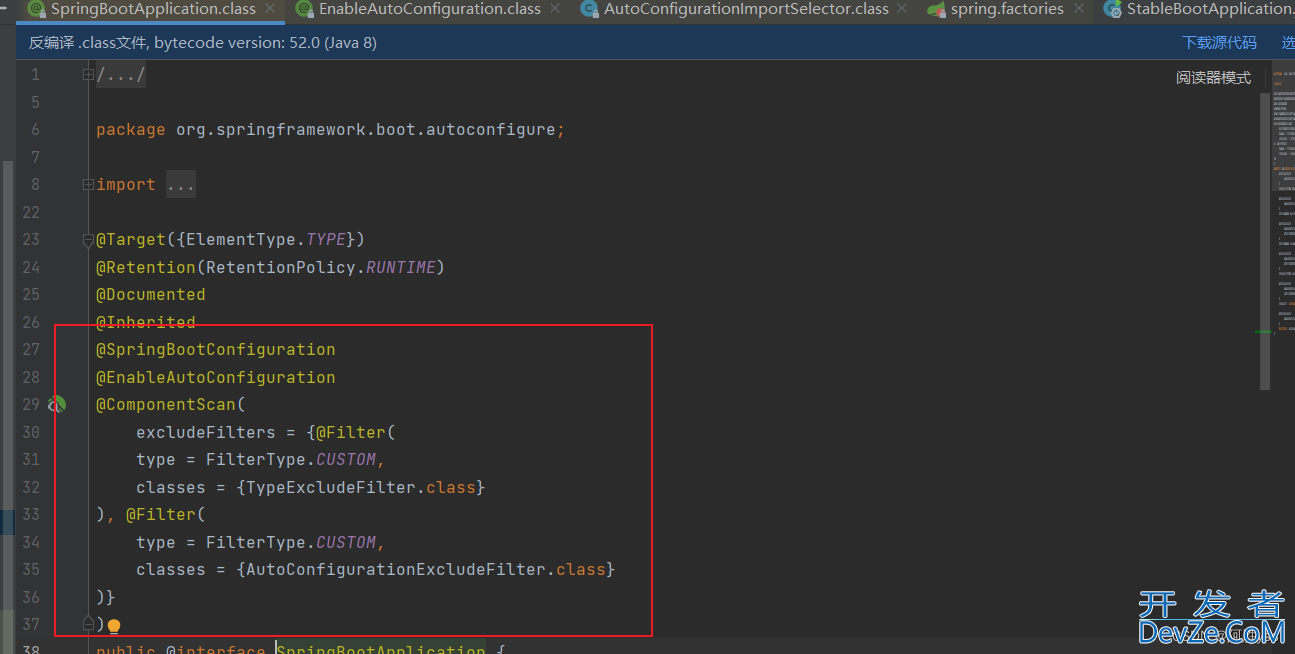

 加载中,请稍侯......
加载中,请稍侯......
精彩评论